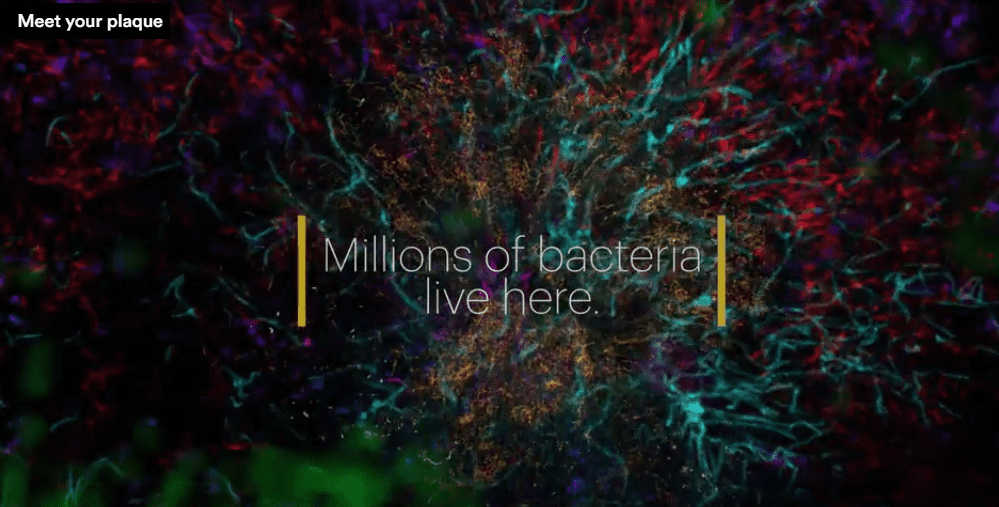There are entire “cities” of bacteria inside your mouth and researchers want to map them all. This is what they look like:
Gary Borisy wants to map out colonies of microbes much like neighborhoods and cities. But there’s a problem.
“You don’t have the addresses. You don’t have a GPS. You don’t know where they are,” said Borisy, a senior research investigator at the department of microbiology at the Forsyth Institute in Cambridge, Mass. “We’re trying to provide a piece of the puzzle to figure out how the city of microbes works by seeing where they live and who lives next to what.”
With the development of scientific equipment, researchers are having a better and better understanding of the genetic make-up of the bacteria inside our bodies. But we still don’t know too much about how these communities are organized, and how they interact with each other and our bodies.
The first step in this is mapping the microbes. Seeing where they are in relation to each other will give us the first indications regarding these relationships.
“I look at microbial communities as neighborhoods, and I want to know who’s next to who and why it’s significant,” said Borisy. Bacteria in nature live in complex, multi-species communities in which bacterial cells that are in close proximity can exchange metabolic products and signals. “The structural relationships of these communities mean something, and until now we have never been able to visualize them.”
For now, Borisy and his team are focusing on the mouth – it seems like a good place to start, and surprisingly, one for which we’re mostly clueless. They mined the Human Oral Microbiome Database and the Human Microbiome Project for clues and came up with a list of 13 species of bacteria commonly found on teeth.
They then designed a special set of fluorescent probes for each microbe species. Basically, the probes only stick to a single bacteria species, and when they do, they start glowing, illuminating the distribution of that bacterial species with a different color. The technique is called combinatorial labeling and spectral imaging fluorescence in situ hybridization (CLASI-FISH) – and the results are stunning.
“When I first saw the results, it was like, ‘Wow!’” Borisy said. “What we saw exceeded our greatest expectations.”
What they found was several highly organized communities, with layers where only some types of bacteria mingle. Oxygen-loving bacteria lie at the periphery while filaments of other populations spread down like tree roots. In between, there are several types of bacteria that don’t need oxygen to survive.
In time, researchers want to map bacteria for the entire human body but for now, the mouth is proving to be an interesting place in itself. This classification and mapping will help future microbial studies and ultimately understand how societies of microbes survive and thrive on and inside our bodies.
Journal Reference: Biogeography of a human oral microbiome at the micron scale.










